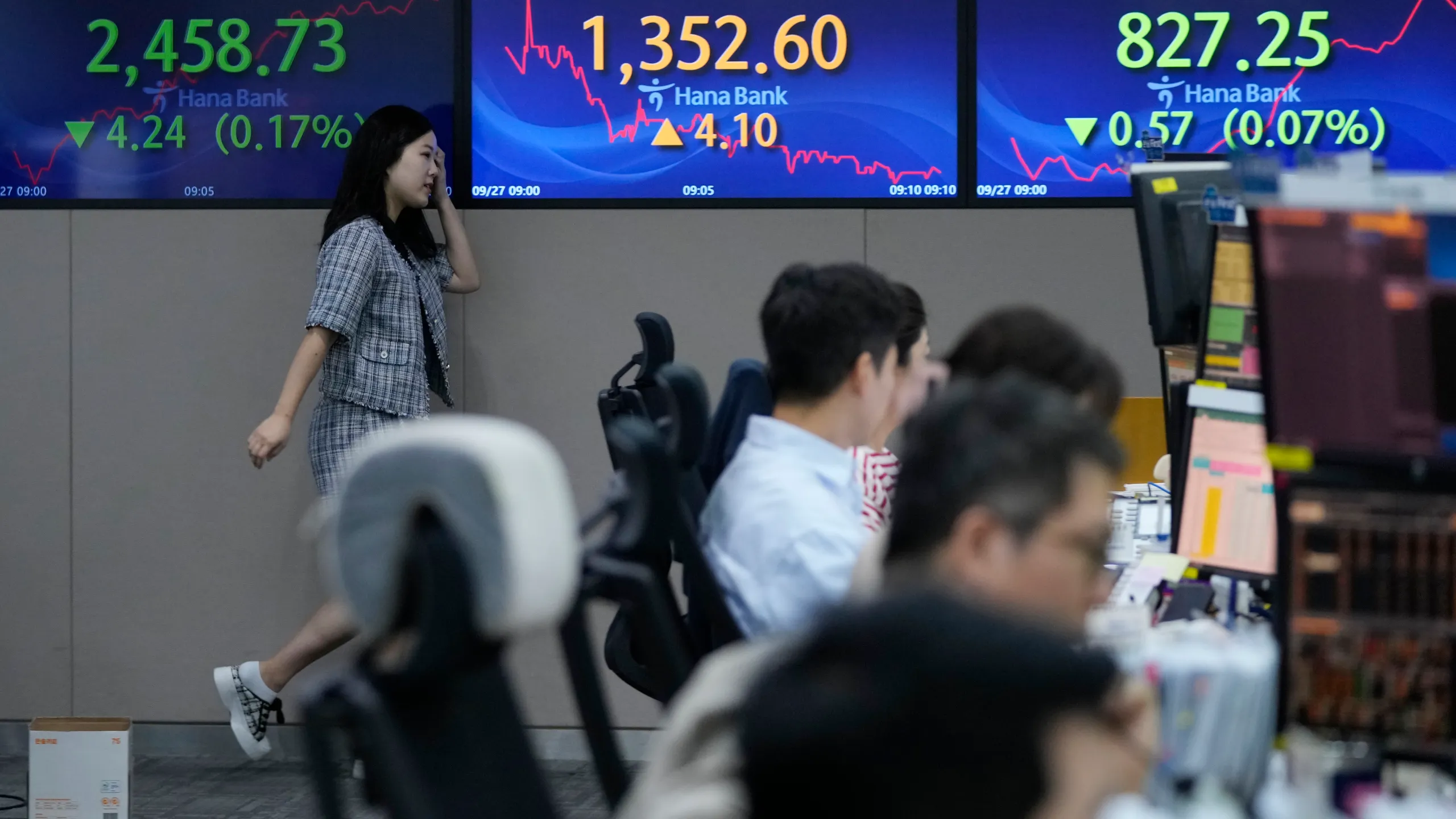Asia’s Risk Rally Tests Durability
Asian stocks rose as U.S.–China trade tension eased, lifting Japan and North Asia. Cyclicals led while defensives lagged. Oil softness and a stable dollar supported sentiment, though durability now hinges on real orders and export momentum.

Asian equities opened the week higher as anxiety surrounding U.S.–China trade talks subsided, prompting a region-wide rally led by Japan and the North Asian markets. The easing of headline risk acted as a release valve for global investors, compressing equity risk premia and lifting cyclical sectors across semiconductors, autos, and industrials. The macro backdrop reinforced the move: oil prices continued their downward drift (CL=F), the U.S. dollar (DXY) traded steadily, and the resulting moderation in input costs offered short-term relief to import-dependent economies.
The rally’s mechanics were familiar to seasoned traders. Reduced trade uncertainty typically prompts an unwinding of defensive cash allocations, encourages risk-taking in export-linked names, and narrows credit spreads at the margin. In today’s session, export-sensitive North Asia—particularly Korea and Taiwan—outperformed, while ASEAN markets saw more modest gains as investors remained cautious on domestic consumption and fiscal signals. Banks and cyclicals rose, but defensives and high-yield utilities lagged amid rotation away from yield-sensitive exposures.
Beneath the surface, breadth remains fragile. Much of the equity strength rests on external demand hopes rather than visible improvement in underlying data. Semiconductor inventories, for instance, need to translate into concrete order-book rebuilds to justify valuations, while manufacturing PMIs must hold expansionary readings above 50 for at least two consecutive months to confirm that trade momentum is sustainable. The modest response from regional bond markets—ten-year yields largely unchanged—underscores that fixed-income investors are not yet convinced of a durable growth upswing.
Currency markets reinforced the cautious optimism. The Korean won and Taiwan dollar remained capped by ongoing dollar strength, though implied volatilities contracted as headline risk diminished. Elsewhere, the Japanese yen weakened slightly, adding tailwinds to Japan’s export sector and boosting the Nikkei’s outperformance.
For policy-sensitive allocators, the path forward hinges on tangible indicators. Freight rates, container throughput, and high-frequency Korean export data (first-20-day reports) will act as early proxies for real trade activity. A credible schedule to institutionalise the trade framework could solidify investor confidence and trigger capex recovery across Asia’s manufacturing supply chains, particularly in Vietnam and Malaysia.
Conversely, any relapse into tariff escalation or new sanctions would quickly reintroduce uncertainty premia, widen earnings dispersion, and push investors back into defensive postures.





